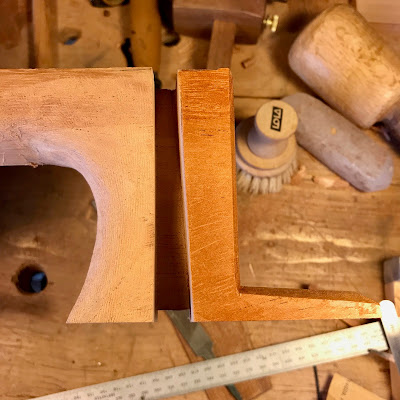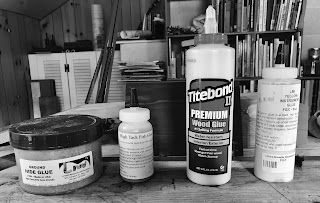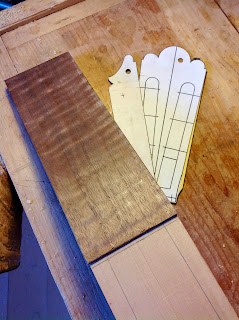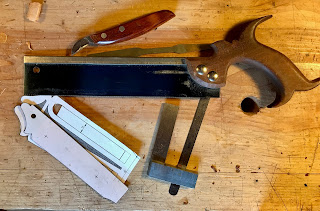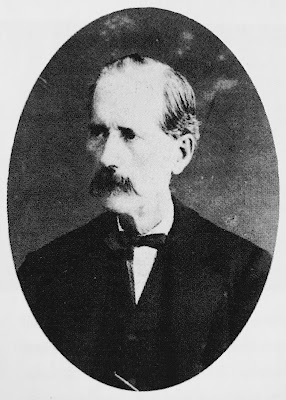Posts
Showing posts from 2017
The Impractical Guitar Maker - Wedged Joints
- Get link
- X
- Other Apps
Capos/Cejillas - New Batch of Six Padauk Wood Capos!
- Get link
- X
- Other Apps
Ten Years of Blogging - A Couple of Thoughts
- Get link
- X
- Other Apps
Starting a Classical Guitar Rosette Design
- Get link
- X
- Other Apps
The Guitar Maker's Backsaw for Cutting Fret Slots
- Get link
- X
- Other Apps
Antonio de Torres - Guitar Maker, Carpenter
- Get link
- X
- Other Apps
1961 Hernandez y Aguado Style Guitar, Engelmann Spruce/Ziricote, Nearing Completion
- Get link
- X
- Other Apps
